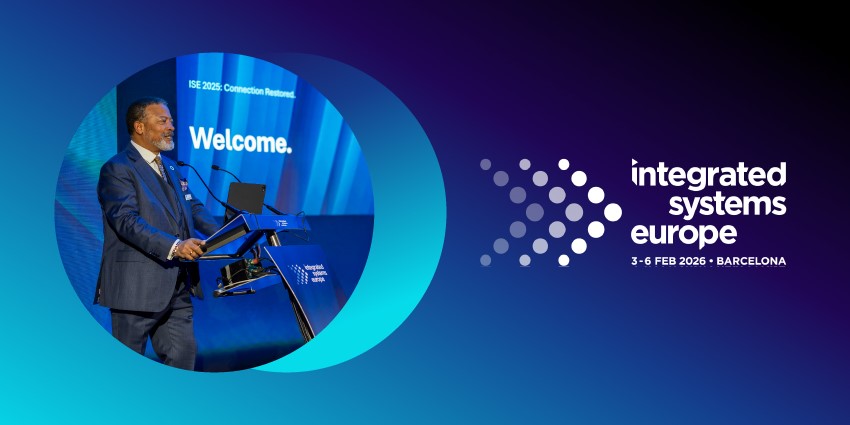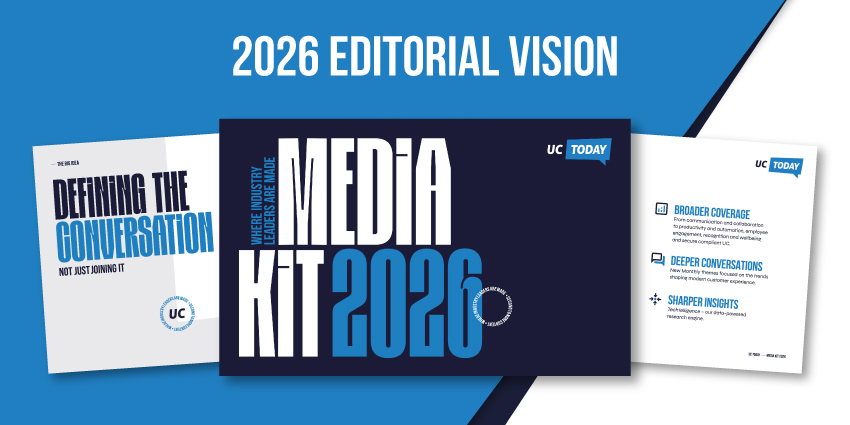Salesforce is raising prices across several flagship offerings, while elevating Slack as a central pillar of its AI-driven strategy.
From August 1, the company will increase list prices by an average of six percent for its Enterprise and Unlimited editions of Sales Cloud, Service Cloud, Field Service, and select Industry Clouds.
At the same time, the cost of Slack Business+ will rise from $12.50 to $15 per user per month.
The company says the hikes reflect “significant ongoing innovation and customer value,” pointing specifically to the rollout of AI capabilities.
It’s Salesforce’s second price increase in under 24 months, following an almost 10 percent bump in 2023. Prior to that, its list prices had remained unchanged for seven years.
There are no planned changes to pricing for Salesforce Foundations, Starter, or Pro Editions.
“Empowering every employee with AI isn’t just an advantage – it’s a strategic imperative for driving customer success,” Salesforce said in a statement.
These increases reflect the significant ongoing innovation and customer value delivered through our products.”
- Salesforce is Now Embedding Slack at its Core to Bridge Data, People, and AI
- Salesforce Reportedly Blocks Rivals From Using Slack Data: Key Takeaways for IT Leaders
- AI Web Agents for Slack? What Salesforce’s Acquisition of Convergence.ai Could Bring to UC
Slack: From Chat to Command Line
Once a messaging tool for fast-moving teams, Slack is being repositioned as the front end for Salesforce’s AI ecosystem. Its new premium edition, Slack Enterprise+, is bundled with Salesforce’s newly launched Agentforce 1 Editions, the company’s most advanced AI agent platform.
This new tier includes:
- AI-powered federated search across Slack messages, Salesforce records, and selected third-party applications.
- Workflow orchestration via Slack-based triggers and prompts.
- Salesforce Channels, a new feature that embeds Slack threads directly into the CRM interface to support contextual collaboration.
The intent is clear: turn Slack into a centralised control layer where employees interact with data, trigger automations, and access enterprise knowledge – without needing to leave their chat window.
For IT leaders, this shift means Slack is no longer a standalone tool. It is increasingly being embedded into Salesforce’s broader product fabric, raising the stakes on integration, governance, and cost.
Agentforce: Big AI, Big Spend
Driving the transformation is Agentforce, Salesforce’s new framework for building and deploying LLM-based AI agents.
These agents are pitched as intelligent process automators, capable of handling everything from simple support queries to complex sales sequences.
Salesforce is launching two products:
- Agentforce Add-ons – $125/user/month
Includes access to AI agents, industry-specific templates, analytics, and a prompt creation toolkit. - Agentforce 1 Editions – $550/user/month
Adds greater customisation, licensing flexibility, and generous usage credits: 1 million Flex Credits and 2.5 million Data Services Credits annually per customer. It also includes Slack Enterprise+ access.
These tiers replace the previous Einstein-branded AI products, and mark Salesforce’s pivot to a unified AI-native architecture. In a bid to accelerate adoption, customers can now redirect existing software subscription budgets toward Agentforce licensing, offering some financial flexibility in the short term.
AI Economics Still Evolving
The pricing model itself is undergoing revision. Salesforce is retiring its $2-per-action AI usage metric in favour of a new system called Flex Credits.
These usage-based tokens can be applied to various AI agent tasks and services, allowing more granular cost control.
Still, the broader economics of enterprise AI remain unsettled, with other vendors similarly adjusting.
Adobe has introduced multiple price increases in step with its generative AI offerings, while Microsoft has layered its Copilot AI into Microsoft 365 for an additional $30 per user/month.
The signal is clear: AI is no longer a feature; it’s a revenue line.
Performance Questions Persist
Yet Salesforce’s own research suggests its AI still has some way to go. A study led by the company’s researchers found that LLM agents executed single-function CRM tasks correctly just 58 percent of the time. For multi-step tasks, performance dropped to 35 percent.
Such accuracy levels pose serious questions for IT leaders tasked with operationalising Agentforce.
If agents fail to follow procedures or deliver incomplete outputs, the risk is not just inefficiency – it’s reputational damage, compliance failures, or degraded customer experience.
Strategic Implications for CIOs and IT Leaders
The convergence of price hikes, deepening Slack integration, and early-stage AI performance leaves IT departments with a difficult calculus.
Slack is no longer just a communications platform – it’s a federated data layer, search engine, and automation interface. But adopting its new capabilities may demand:
- New governance models to control what AI agents can access, act on, and reveal via Slack
- Careful architectural planning to manage integration between Slack, Salesforce CRM, and third-party systems
- Clear ROI tracking, as new AI tiers bring significantly higher costs without guaranteed productivity gains
Salesforce’s flexibility in allowing budget reallocation may soften initial adoption barriers—but long-term cost of ownership (TCO) will be harder to contain if AI usage grows unpredictably.
What’s the Outlook?
Salesforce is making a decisive bet: that enterprise software will be orchestrated through AI – and that Slack will become the operating console for that new paradigm. The vision is ambitious, but it remains speculative.
The company’s share price saw a modest bump after the announcement before slipping back to pre-announcement levels, an indication that investors, like customers, are waiting to see whether Salesforce’s AI pivot pays off.
For now, IT leaders would do well to trial before rollout, monitor agent accuracy in real-world environments, and plan for hybrid human-AI workflows.
As powerful as Agentforce and Slack Enterprise+ may become, they’re not yet plug-and-play.







